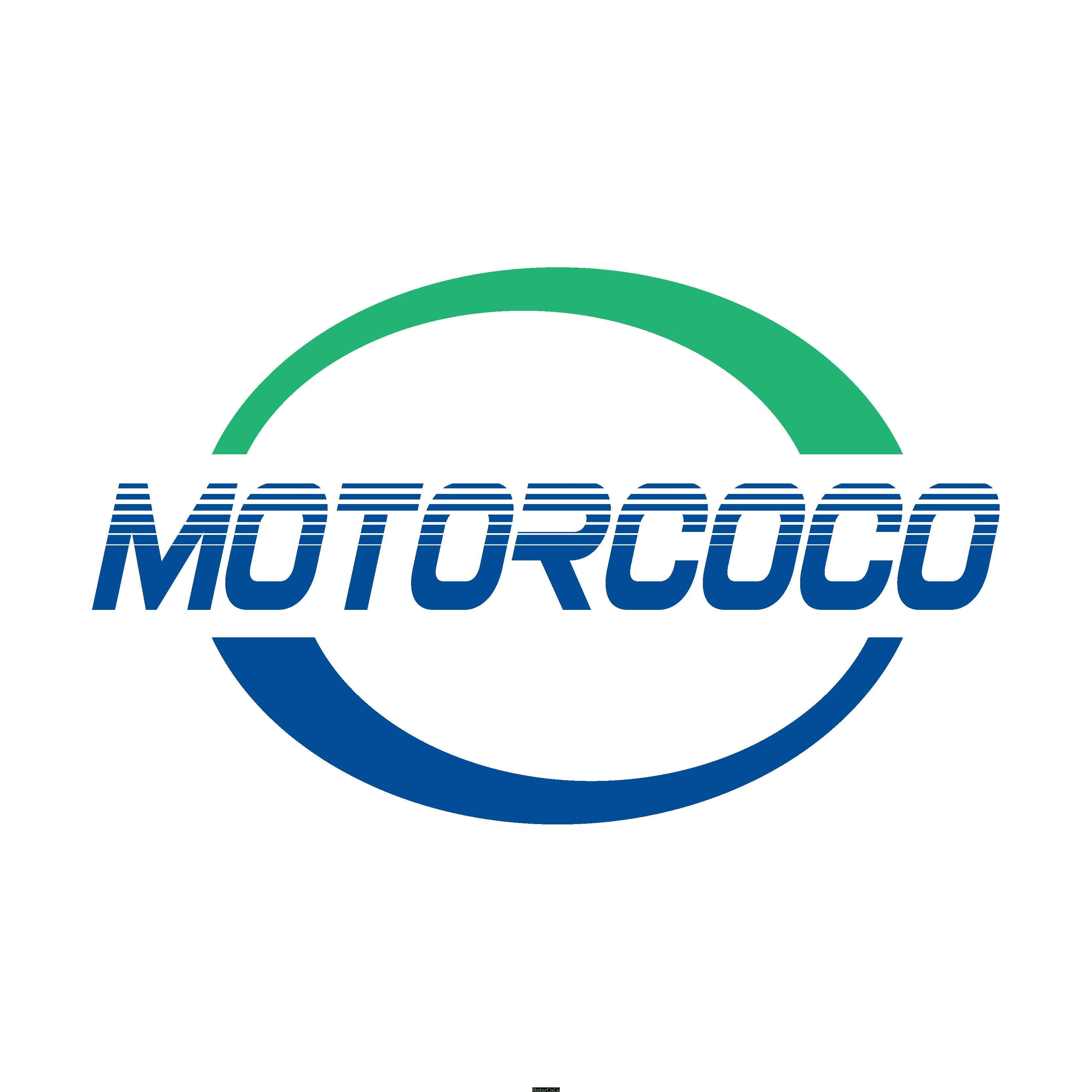
WeChat/What's app/Skype/Cell phone 0086 13738251679
NingBo Limei Intelligent Technology Co., Ltd.
NEWS
新闻中心
COMMENTARY
Control system
Source:
|
Author:MotorCoCo
|
Published time: 2023-08-20
|
308 Views
|
Share:
linear actuator controller is a device or system that is used to control the movement and positioning of a linear actuator. It allows you to manage various aspects of the actuator’s operation, such as speed, direction, position, and feedback. Here are some common types of linear actuator controllers:
Manual Controllers: These controllers are basic and typically consist of switches or buttons to manually control the actuator’s movement. They offer simple forward and reverse control without any automation or position feedback capabilities.
Relay or Switching Controllers: These controllers use relays or switches to control the actuator, providing basic on/off functionality. They are commonly used in simple applications where only basic control is needed.
PWM (Pulse Width Modulation) Controllers: PWM controllers use a control signal with varying duty cycles to control the actuator’s speed and direction. By adjusting the duty cycle of the PWM signal, you can regulate the actuator’s speed and achieve proportional control.
Positioning Controllers: These controllers utilize position feedback from sensors (e.g., potentiometers, encoders) to precisely control the actuator’s position. They typically include PID (Proportional-Integral-Derivative) control algorithms to regulate the actuator’s movement and maintain a desired position.
PLC (Programmable Logic Controller) Controllers: PLC-based controllers offer advanced control and automation capabilities. They allow you to program complex sequences of actuator movements using ladder logic or other programming languages. PLC controllers are commonly used in industrial applications that require sophisticated control and integration with other systems.
Microcontroller-based Controllers: These controllers use microcontrollers or microprocessors to provide customized control and automation features. They can be programmed to implement specific control algorithms and interface with sensors and other devices as needed.
The choice of a linear actuator controller depends on your specific application requirements, budget, level of automation needed, and control complexity. Consider factors such as the desired functionality, feedback capabilities, ease of integration, and the compatibility between the controller and the linear actuator.
上一篇:
None
5